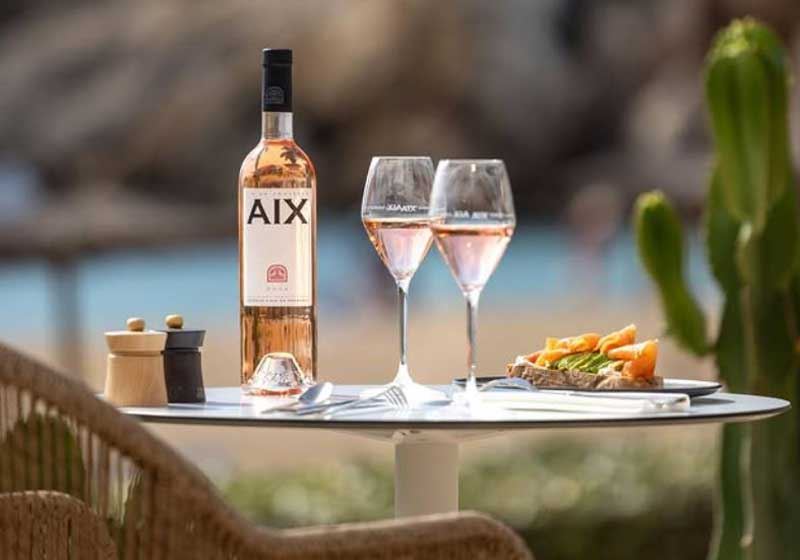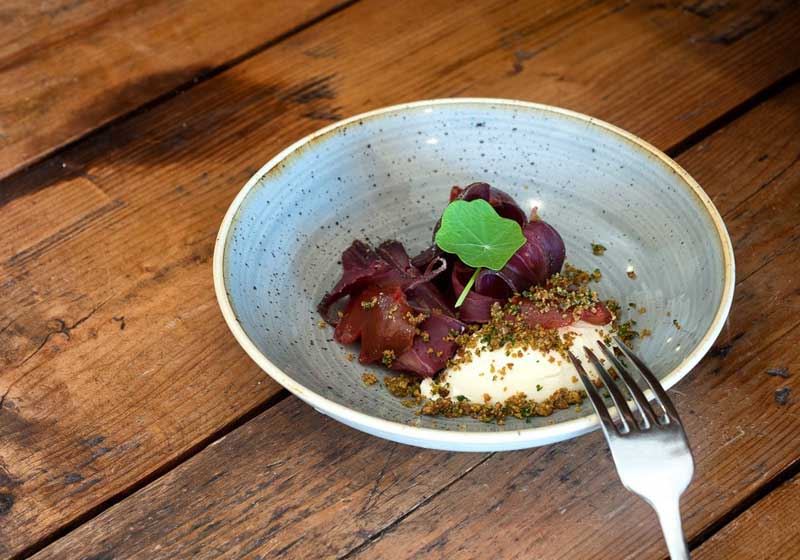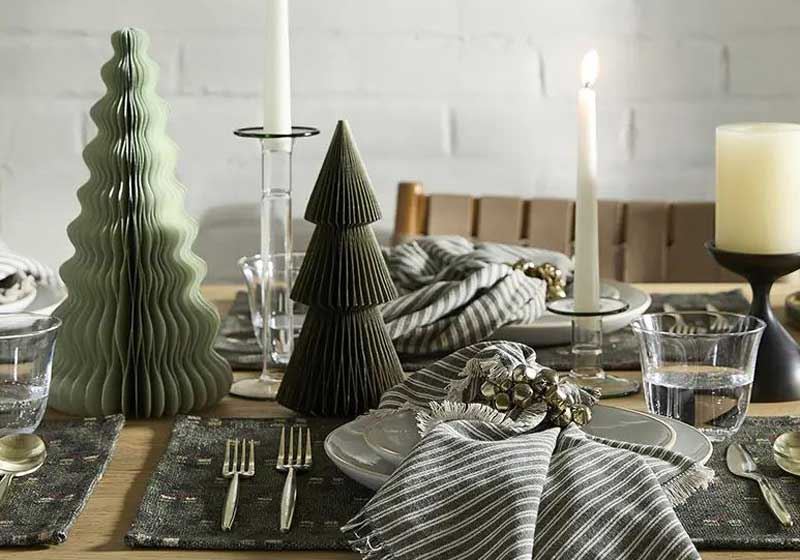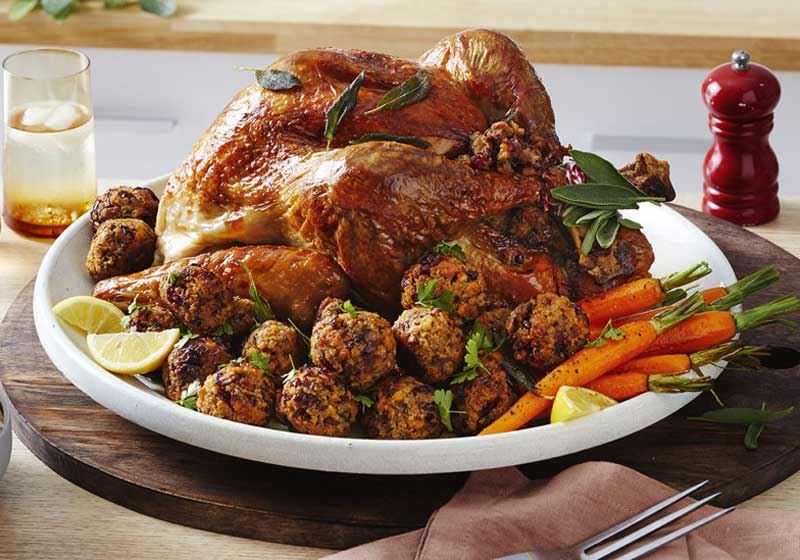By Marie-Antoinette Issa.
As gardens burst into technicolour, Chefs and home cooks alike are plucking petals from the vase and putting these edible flowers on the plate. If you’ve ever wanted to bring a bouquet into your baking or sprinkle some petals into your salad, consider this your floral field guide.
First things first: not all flowers are created equal when it comes to edibility. This isn’t a free-for-all in the backyard. Some flowers are better left to the bees.
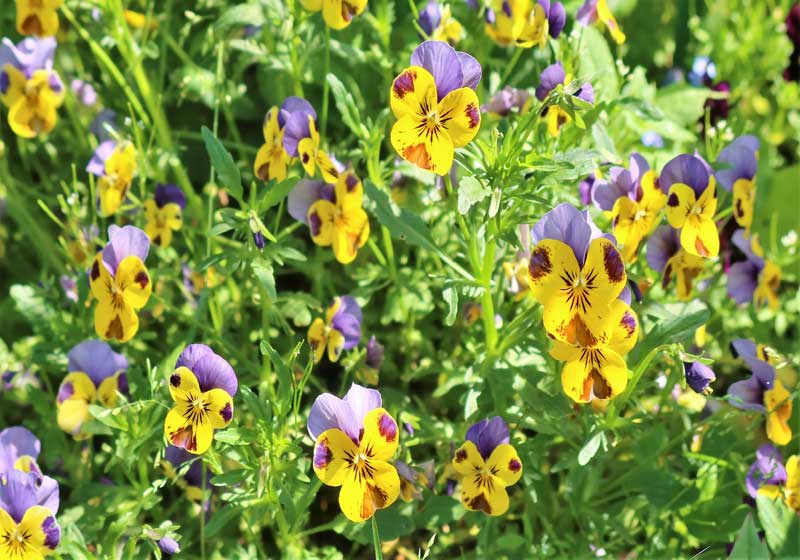
However, when used safely and thoughtfully, edible blooms can add subtle flavour, bold colour and a bit of botanical brilliance to your cooking.
Which flowers are in full-flavour bloom?
Violas and pansies are the sweethearts of the edible flower world. With their soft, slightly grassy flavour and vibrant ‘faces’, they’re perfect for garnishing cupcakes, floating in cocktails or even frozen into ice cubes for a Springtime twist on your G&T.
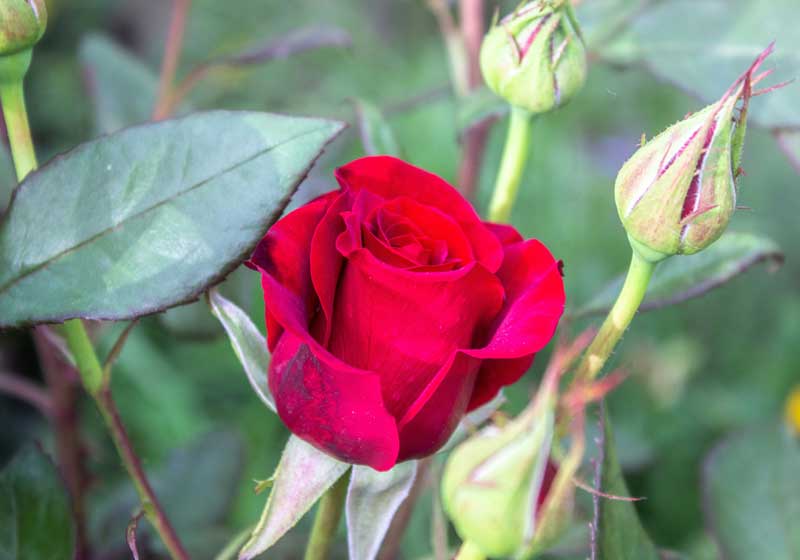
Roses, are as romantic on the plate as they are in a vase, bringing a soft, perfumed note to dishes. Use the petals in syrups or infuse them into creams and panna cottas. Just remember: a little goes a long way - you want your dish to whisper ‘floral’, not shout ‘potpourri’.
Lavender is a strong character - best used with a gentle hand. It's herby, slightly minty flavour pairs beautifully with citrus or dark chocolate. Try it in shortbread, lemon tarts or even rubbed into lamb. Just don’t go overboard, or your guests might feel like they’re eating a scented drawer liner.
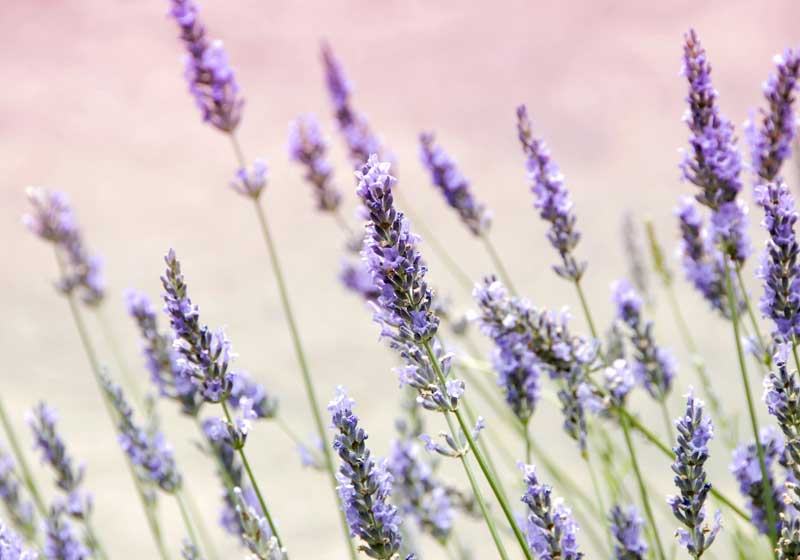
Feeling bold? Nasturtiums are the peppery rebels of the floral world. Their vibrant reds, oranges and yellows bring colour and kick. Use the petals in salads or stuff the whole flower with goats’ cheese for a canapé that’s as pretty as a picture - and packs a peppery punch.
Calendula, often nicknamed the ‘poor man’s saffron’, has a slightly bitter, zesty taste and bright golden petals that can be scattered like confetti. Stir it into rice or use it to colour butter and oils. It’s the sunshine your risotto didn’t know it needed.
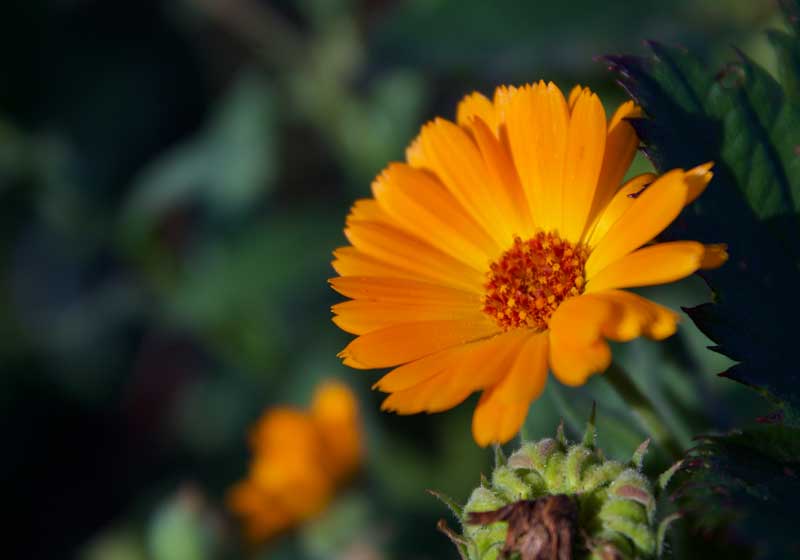
A few quick tips to keep things rosy:
- Always source your edible flowers from a reputable supplier or organic garden - never from a florist (those are often treated with chemicals).
- Wash them gently and remove bitter white stems or inner parts unless specifically edible.
- Add flowers at the end of cooking - heat tends to wilt their good looks and subtle flavours.
Florals aren’t just about aesthetics. They can offer balance and depth, softening spice, brightening richness or amplifying sweetness. A rosewater glaze on sticky pistachio cake is divine. Chamomile-infused custard tart is irresistible and a sprinkle of chive blossoms over scrambled eggs is an upgrade to your AM eats.
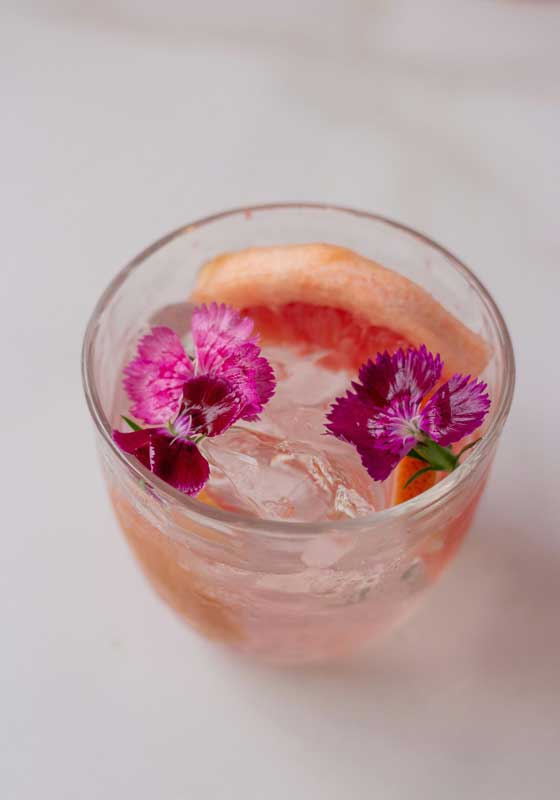
Don’t forget to drink your garden too. Floral cocktails are a Spring fling in a glass. Muddle hibiscus petals in a Mojito, rim your coupe with crushed rose sugar or stir violets through a gin Martini for a drink that’s blooming marvellous.
So, this season, stop and smell the roses - and then toss them into your salad. Let lavender lift your baking and allow nasturtiums to give your starters some sting. When it comes to cooking with flowers, the sky’s the limit - and your kitchen is ready to bloom.


